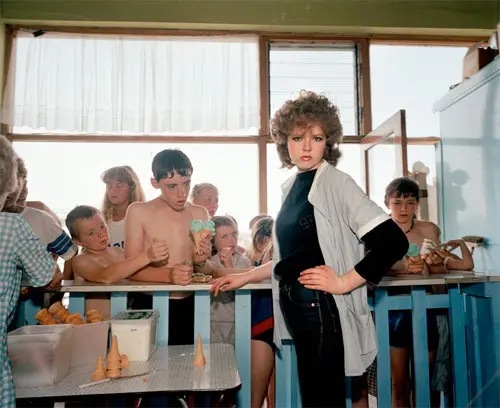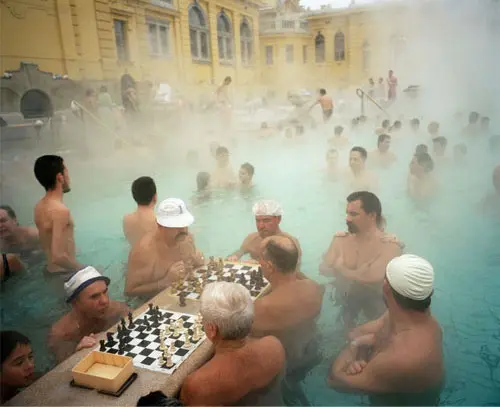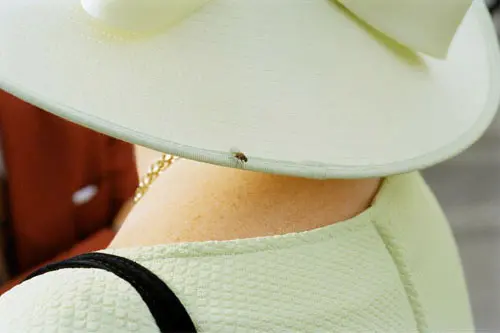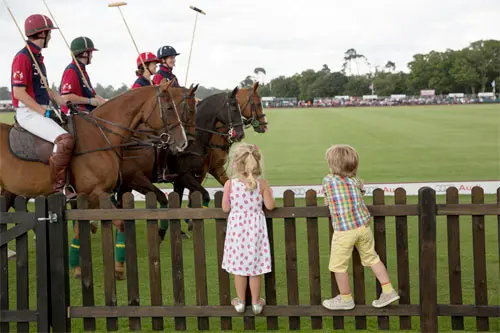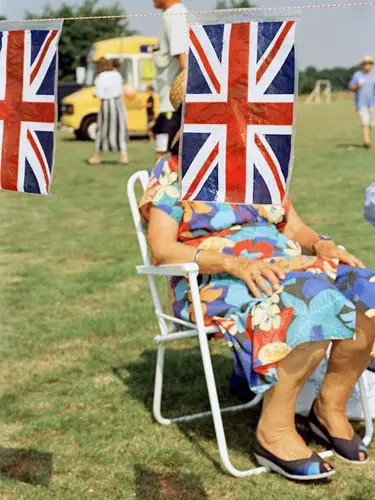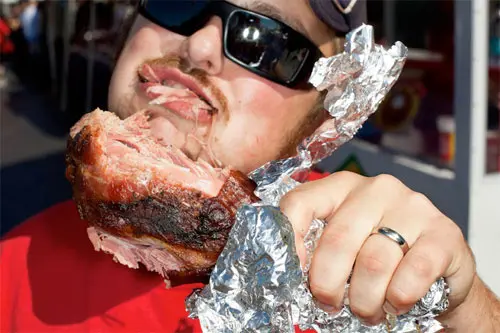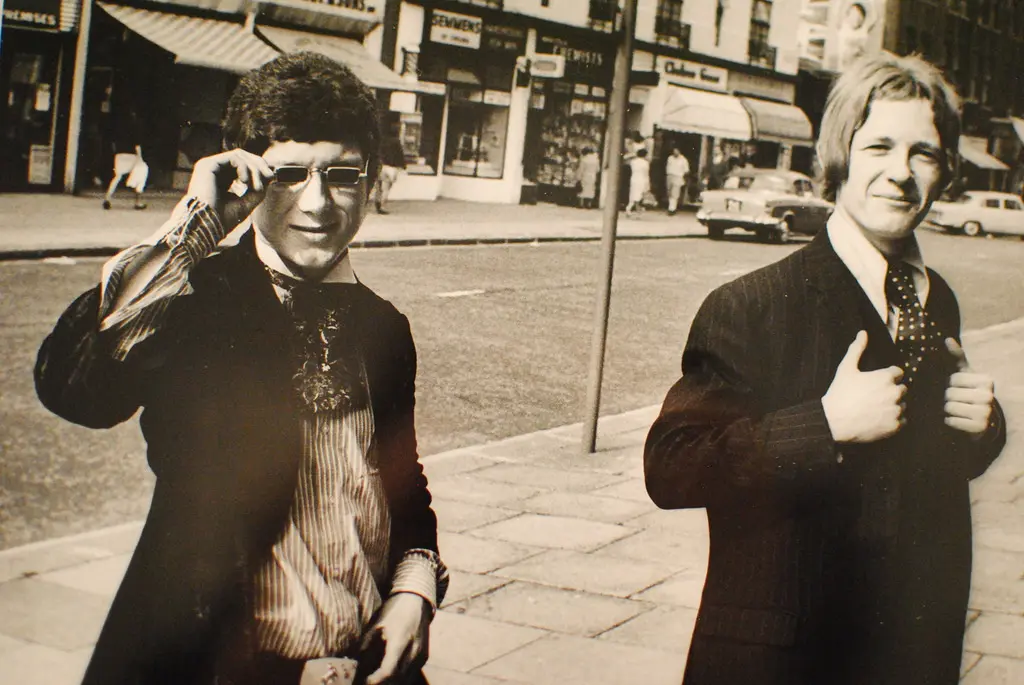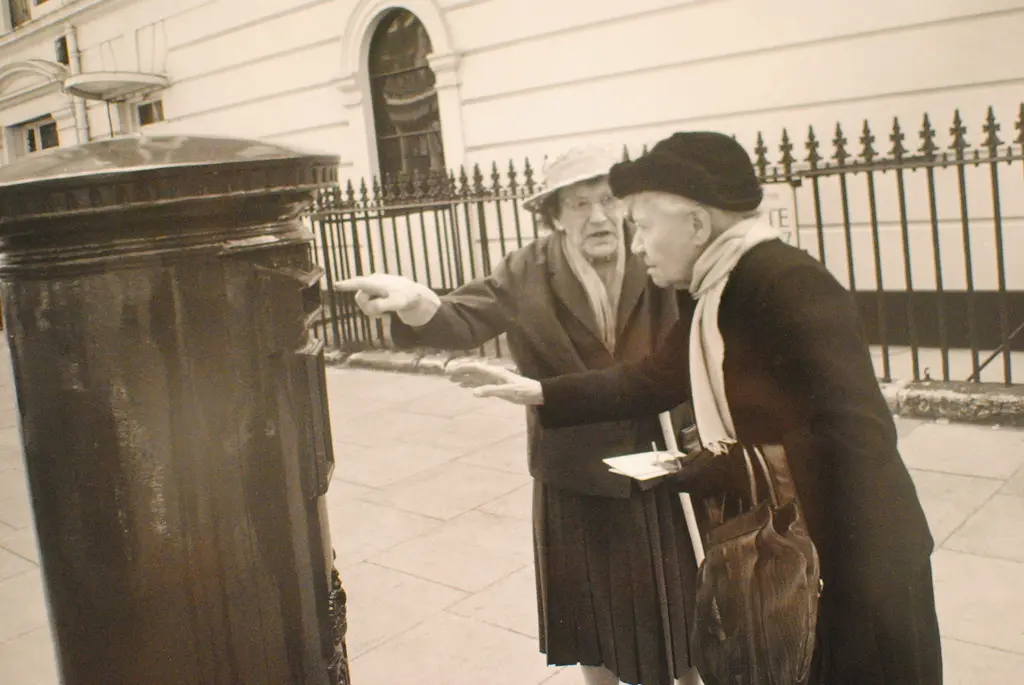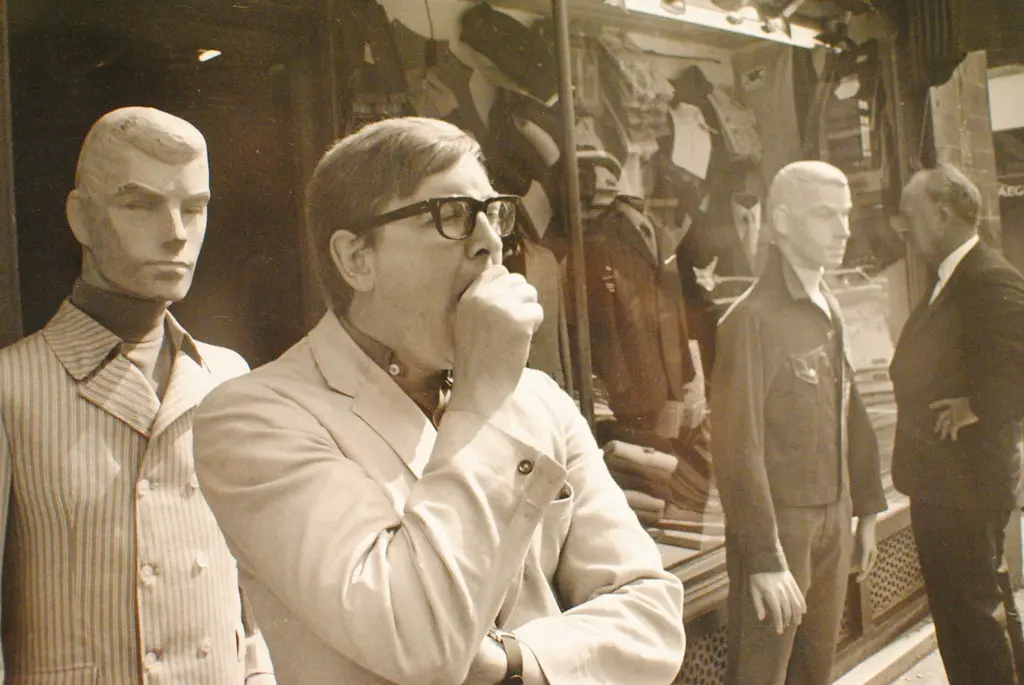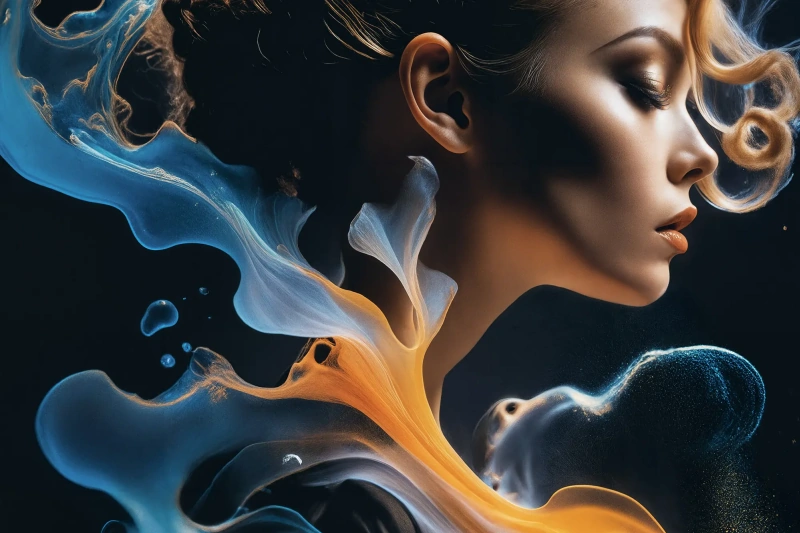Manchester Art Gallery offers unique chance to see the collective image of British character captured through the eyes of exclusively international photographers.
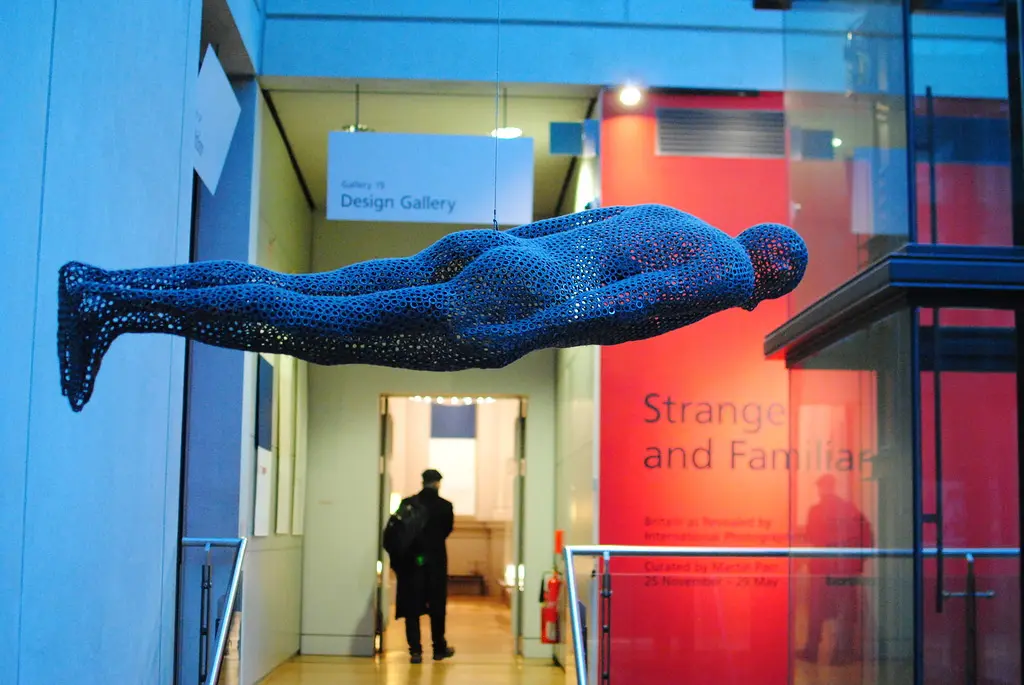
Who are the British?
Reserved people with a set of oddish and funny habits and traditions? We know about five-o-clock, exquisite British humour and prim manners but it is not enough to discern real person.
Reserved people with a set of oddish and funny habits and traditions? We know about five-o-clock, exquisite British humour and prim manners but it is not enough to discern real person.

Bruce Davidson
Now Manchester Art-Gallery provide you a chance to see the great exhibition about collective image of British character "Strange and Familiar". What makes this depiction of UK so peculiar, is that it is captured through the eyes of exclusively international photographers.

Instigator of this risky experiment to reveal British identity is modern documentary photographer, photojournalist and photo book collector Martin Parr (born 1952).
He is known for his photographic projects that take an intimate, satirical and anthropological look at aspects of modern life, in particular documenting the social classes of UK.
The artist has a quite provocative style, his works depict a dull daily routine, boring everyday life and exaggeratedly ugly people, misshapen and absurd sides of existence. Mostly his works deride surrounding reality. He takes photos by small-format camera using flash even during the day. His technique, as seen in his book Signs of the Times: A Portrait of the Nation’s Tastes (1992), has been said to leave viewers with ambiguous emotional reactions, unsure whether to laugh or cry.
See the selection of works by Martin Parr below:
The basic idea of "Strange and Familiar" might be taken from such large-scale world photographic event as world-wide exhibition "The Family of Man", an ambitious photography exhibition curated by the director of the Museum of Modern Art’s (MOMA) Department of Photography. From two millions photos submitted, only 503 photos has been chosen. It was first shown in 1955 at the New York MOMA, then toured the world for eight years, making stops in thirty-seven countries on six continents.
"The Family of Man" was talking about people living, birthdays and dying, celebrating and sorrow, loving and fighting. More than 9 million people viewed the exhibit.

Additionally as a forerunner we can name "The American", a photo-project by Robert Frank. About the same time in the 50's Frank travelled through all USA taking a picture of all groups of American society. As a result of his travelling, he has been created a huge photographic panorama of American life. By the way photos made by Frank are also being exhibited on current Parr’s show, which is now talking about British character.

Bruce Gilden. 2013
Two dozen artists from countries around the world offer their own perspectives on British society. Martin Parr, as the curator of exhibition, has selected works, dating from the prewar period to today, that capture the social, cultural, and political identity of the UK through the camera lens.

Blackpool July. 1962. Henri Cartier-Bresson
These images range from social documentary and street photography, to portraiture and architectural photography, and offer a reflection of how the country is perceived by those outside its borders.

Edith Tudor-Hart
The exhibition is a reflection of social, political, and cultural dynamic of the British people, that is still relevant today, especially in the light of Brexit. Сhronologically it covers period from the 1930's to today’s reality

Edith Tudor-Hart
The geography of participants is striking. Just look at the list: Edith Tudor-Hart (Austria — UK), Rineke Dijkstra, Hans van der Meer, Hans Eijkelboom, Cas Oorthuys (the Netherlands), Sergio Larrain (Сhile-USA), Evelyn Hofer (Germany-USA), Frank Habicht (Germany-UK), Gian Butturini (Italy), Axel Hütte, Candida Höfer (Germany), Raymond Depardon, Gilles Peress (France), Akihiko Okamura, Shinro Ohtake (Japan), Bruce Gilden, Tina Barney, Jim Dow (USA). Iconic and famous photographers are also on the list, including Henri Cartier-Bresson, American photographers Garry Winogrand, Paul Strand, Bruce Davidson, Swiss-American photographer Robert Frank.
Bruce Gilden’s tough world of photography, which is the part of "Strange and Familiar", is attractive in his own way. He shoot his victims straight in an unflattering light. Former taxi-driver from New York city and photo-amateur, he earned the right to be Magnum’s member. He explains his aggressive style by his aspiration to research the essence of human personality. Although somebody call him crazy who likes to scare people on the streets.

Bruce Gilden
Hans Eijkelboom’s vast collection of images of street shoppers are organised into a complex grid structure, according to formal similarities: details of their clothes, accessories, gestures, that question the construction of identity and self-representation in today’s globalized culture.

Hans Eijkelboom
The Guardian:
"In the words of Cartier-Bresson's contemporary, the Anglo-German photographer Bill Brandt, a photographer needs the "receptiveness of the child who looks at the world for the first time or of the traveller who enters a strange country", but Brandt didn’t mean by that that children and travellers made the most subtle or subversive photographers. Pictures in the Barbican show quite often feature bowler hats, tea-drinkers, doorstep milk and double-deckers buses — the things that made Britain different from the rest of the world — but as Martin Parr, the show’s curator, writes in the catalogue, "cliches have not become cliches without good reason". They express a truth about the place that a homegrown photographer may have deliberately avoided, or forgotten through over-familiarity."
Henri Cartier-Bresson
Time Out London:
"Sure, there are clichés — bowler hatted City gents pacing the smoggy streets, Minis and mini skirts. But this is also a serious document about our changing culture."In Parr’s words: "The exhibition will reveal a very different take on British life than that produced by British photographers. It is both familiar and strange at the same time."
Overall, there are different perspectives and styles giving you an insightful, quaint, surreal, and often moving slice of British life. The exhibition is a must-see for anyone interested in a Britain’s social history.

From left to right: Evelyn Hofer; Bruce Davidson; Cas Oorthuys
"Strange and Familiar" contains over 250 works and is presented over two floors. The average visit length is 1 hour and 30 minutes and it’s free of charge. Grab your chance to sit in cosy green armchair under a floor lamp and slowly browse through various photo books and catalogue of the exhibition.
*
Strange and Familiar: Britain as Revealed by International Photographers, Manchester Art Gallery
25 November 2016−29 May 2017
Written by Svetlana Kotina








